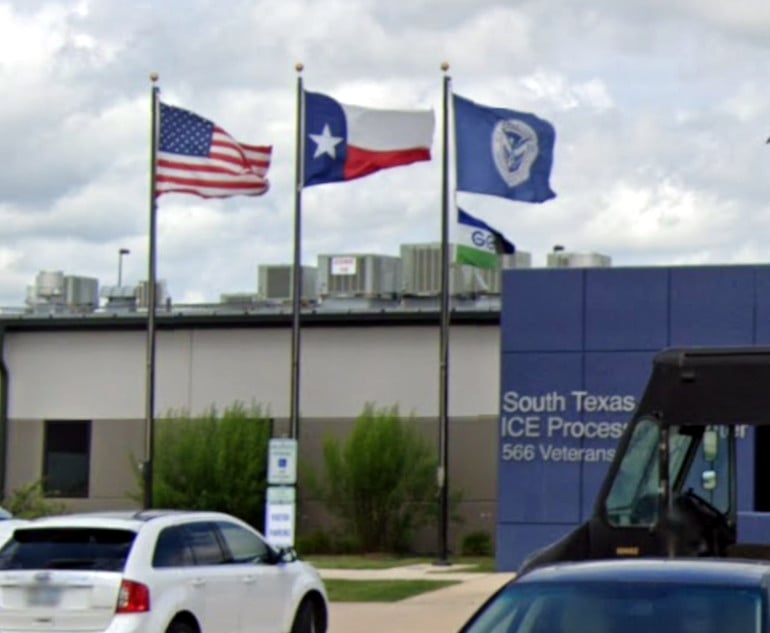Few issues in Washington have been as elusive as passage of legislation to address the nation’s aging infrastructure. For a number of years, the White House, senators and Members of Congress have announced plans to spend billions of dollars to repair bridges, roads, waterways as well as to build information infrastructure, such as expansion of broadband capability to rural areas. More recently, many have called upon Congress to include energy production in infrastructure legislation, acknowledging the dynamic interplay between modes of transportation and the energy that powers them. In each of those instances, for a number of reasons, once the fanfare of a “major infrastructure announcement” faded away, the issue moved to the back burner, only to be resurrected again with the same end result.
This time was different. After the House of Representatives passed its own $715 billion “INVEST in America” infrastructure bill in July, the Biden Administration, working with a bipartisan coalition of Senators, successfully developed what was being called the “BIF”—the bipartisan infrastructure bill. The BIF is a $550 billion package that addresses what is traditionally viewed as infrastructure, with a 21st Century update, that includes funding for building out broadband capability and boosting new energy sources. On Aug. 10, the Senate passed the bill (the “Infrastructure Act”) and sent it back to the House which decided to vote up or down on the Senate’s version with no opportunity for amendments. The bill passed in the House and the Infrastructure Investment and Jobs Act was signed by President Joe Biden on Nov. 15.


 (L-R)Scott Greer, Marcella Burke, Jim Bowe, Tom Spulak and Tyler Brown, are attorneys at King & Spalding. (Courtesy photos)
(L-R)Scott Greer, Marcella Burke, Jim Bowe, Tom Spulak and Tyler Brown, are attorneys at King & Spalding. (Courtesy photos)




